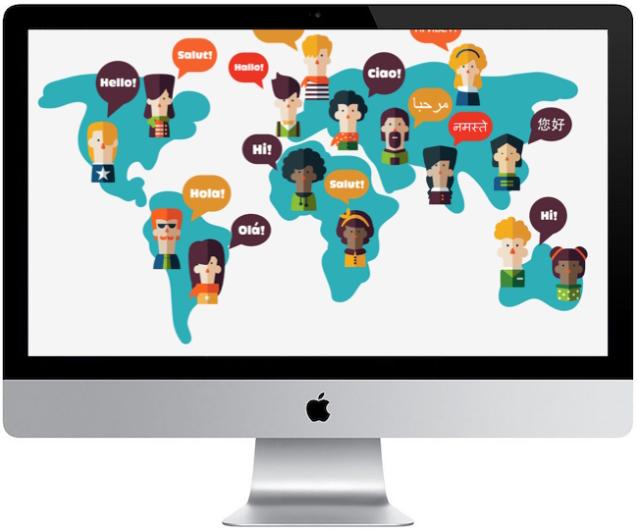blog
5 Factors to Consider When Translating a Website into Multiple Languages

Deciding whether to translate a website into multiple languages is a big decision, both from a business as well as a web perspective. Although, for a business with a website operating in a global economy, it might seem like an imperative. But before you take the leap, or consider what language technology to use, it is important to answer a few questions to get the project moving in the right direction.
In this article, we discuss factors to consider when translating a website into multiple languages.
Is manual translation needed or will auto translation suffice?
Relying on people to manually translate, as well as maintain, a multilingual website, can be costly and time-consuming. And the more languages supported, the heavier the load becomes. Fortunately, web based translation services exist that can ease the burden.
Services such as, lingotek.com or gengo.com, can help facilitate having people translate a website’s content as well as deliver translated content directly into a website’s content management system via a web service. In addition, several auto translation services exist, the most high profile being Google Translate. For example, Google Translate can be integrated into a website to automatically translate web pages in one language into just about any other language, as visitors view each page.
In deciding which side of the manual / auto translation spectrum to land, keep in mind that although auto translations may save time and money, only professionally translated web pages will provide visitors an equal user experience across all supported languages.
Is the website set up to handle multiple languages?
If you are asking this question, the answer is probably “no.” Most websites are built to support a single language, but can be extended to support any number of languages - sometimes by simply installing a multilingual plugin. Although, regardless of available extensions, some overhauling of a website may be needed to seamlessly support multiple languages.
For example, differences in the lengths of words, phrases, and sentences between languages will more than likely break the navigation and any customized content blocks, requiring a redesign of, at a minimum, these elements.
How should visitors access language?
How languages are made available on a multi-language website says a lot about the entity behind the website, as well as the entity's perception of visitors. For example, a website that displays content by default in only one language, but allows a different language to be selected from a menu of options, is probably a regional operation that conducts business mainly in the default language, but caters to an international audience. Call them up and you'd probably expect someone to answer using the website's default language. Conversely, a website that asks upfront about language preference or a visitor's location, may be a multi-national organization conducting business around the world and in the languages available on the website.
Access to multiple languages must be Integrated in a way that reflects an organization's identity as well as user expectations. Ad hoc integrations that don't take business and user considerations into account, will end up confusing visitors, although they may appreciate the language options.
Should the entire website’s content be translated or just parts of it?
Translatable website content includes:
- Navigation Text
- Page text
- Images and graphics, some with embedded text
- Graphics and
- Files, such as PDFs, attached to web pages
as well as metadata and any text associated with the administrative side of the website.
In sum, the amount of work and cost associated with translating and managing all of a website’s content may be far more than it’s worth. If budget is a significant factor, focus on translating only the highest value content to the website's end users, such as navigation and page text.
How many languages and what languages?
In general, the more languages supported, the more work and cost involved. Also, some languages may be more difficult to support than others. It is important to understand the value of offering a particular language, both to a website’s owners as well as its visitors, before a language is included on the website.
For some websites, the answer is simple. Target languages for countries where a company conducts or would like to conduct business. In cases where the answer is less obvious, check a website’s analytics software for statistics on visitor demographics.
Avatar New York is an innovating, award-winning New York web design firm dedicated to providing clients with technologically advanced websites that help grow brands and convert visitors to customers. With an expertise in web development, branding, cloud hosting, mobile app development, and CMS and e-commerce solutions, Avatar New York’s can create intelligent websites for any type of business.